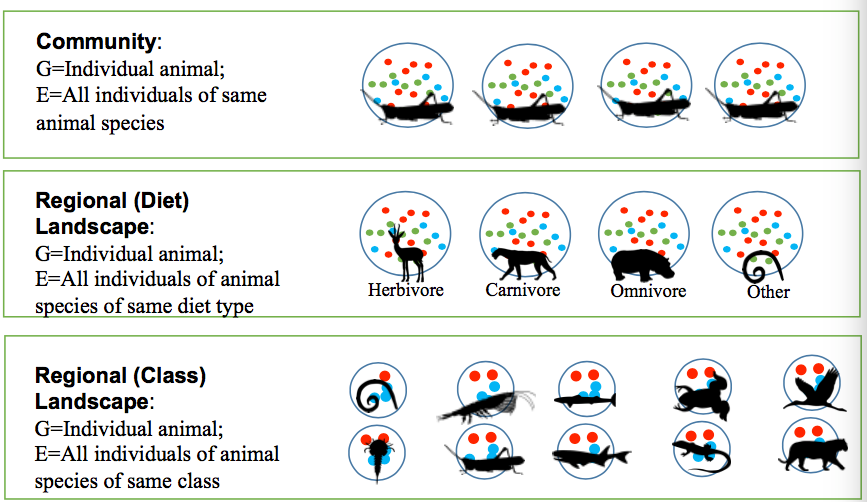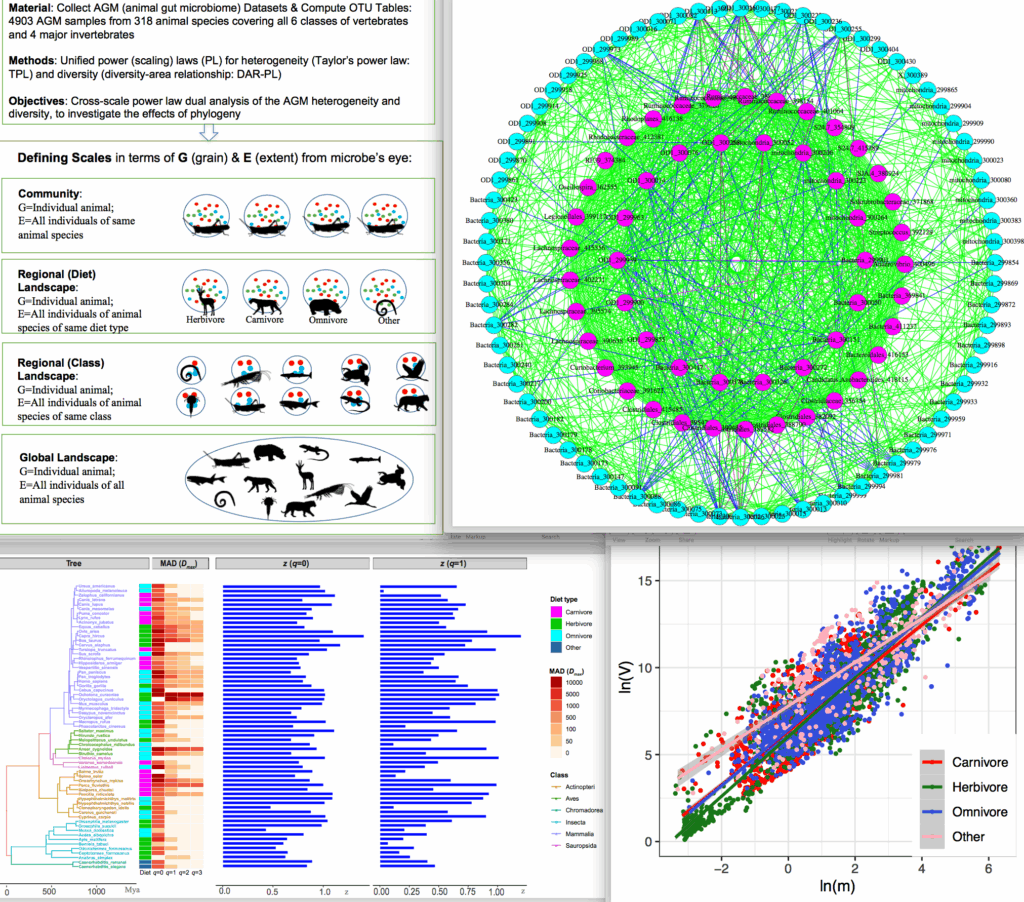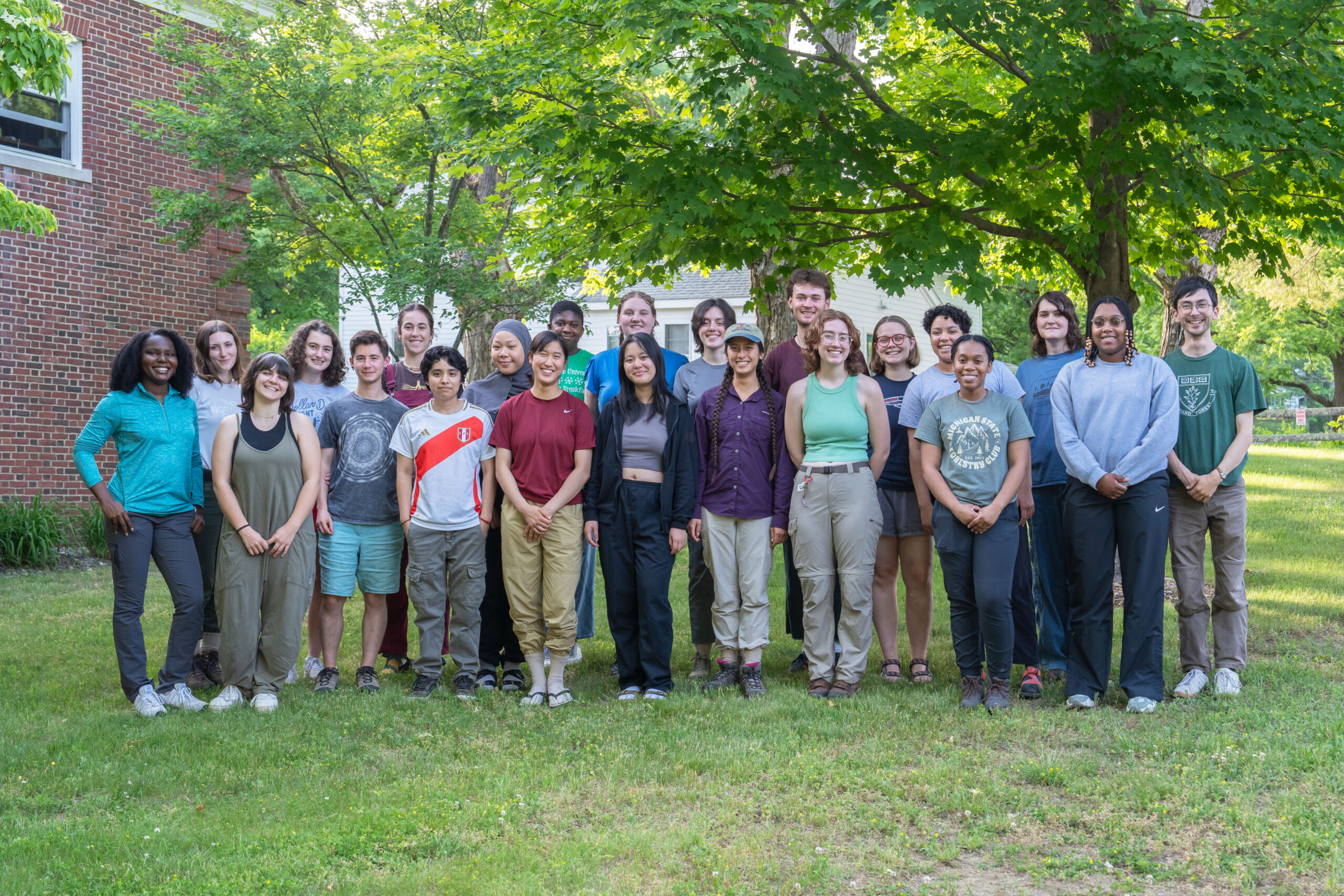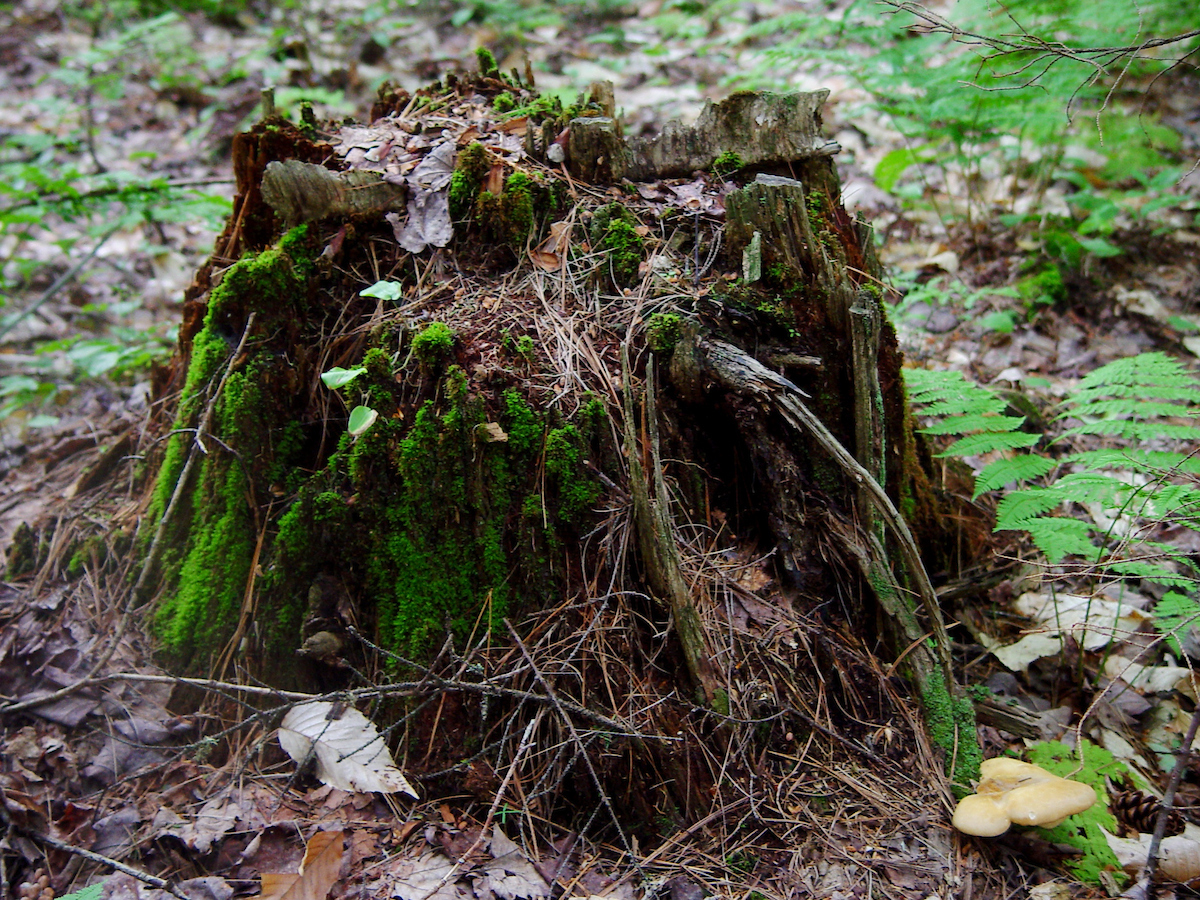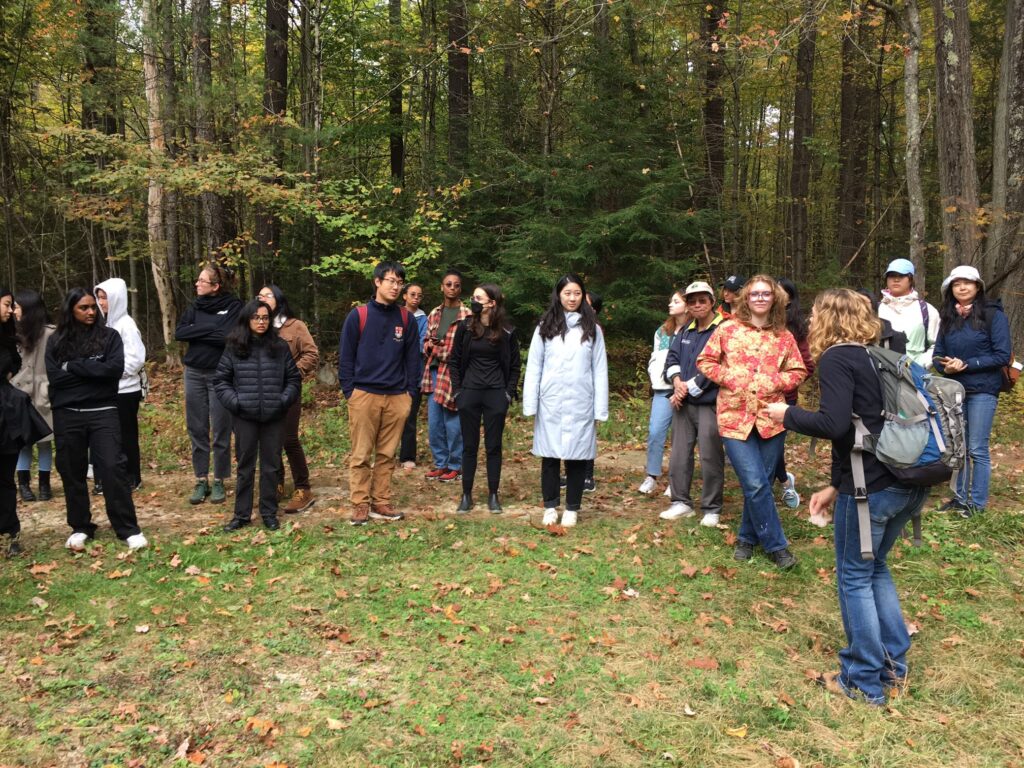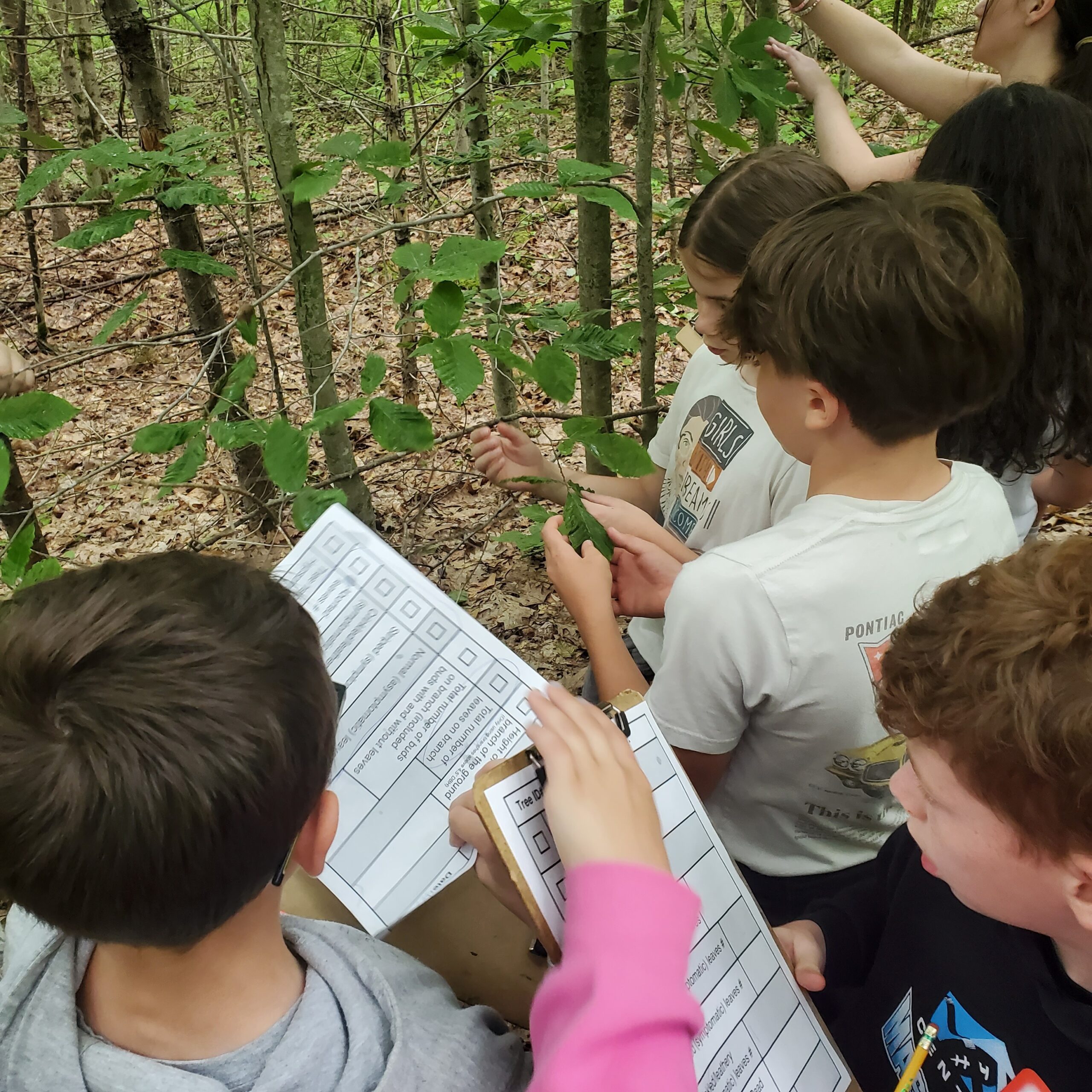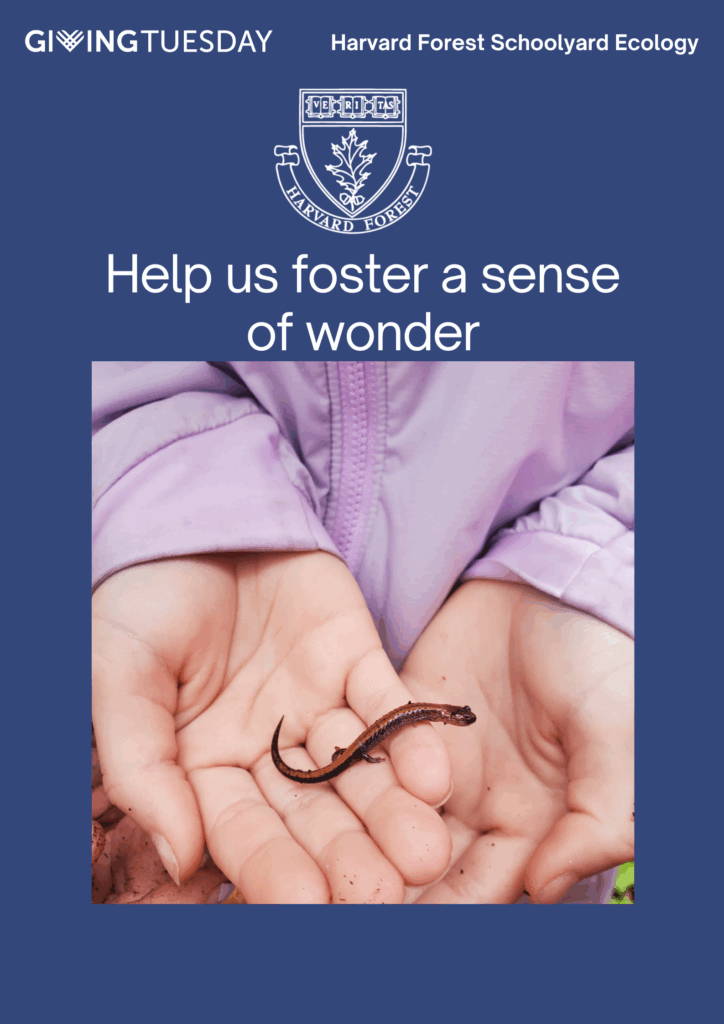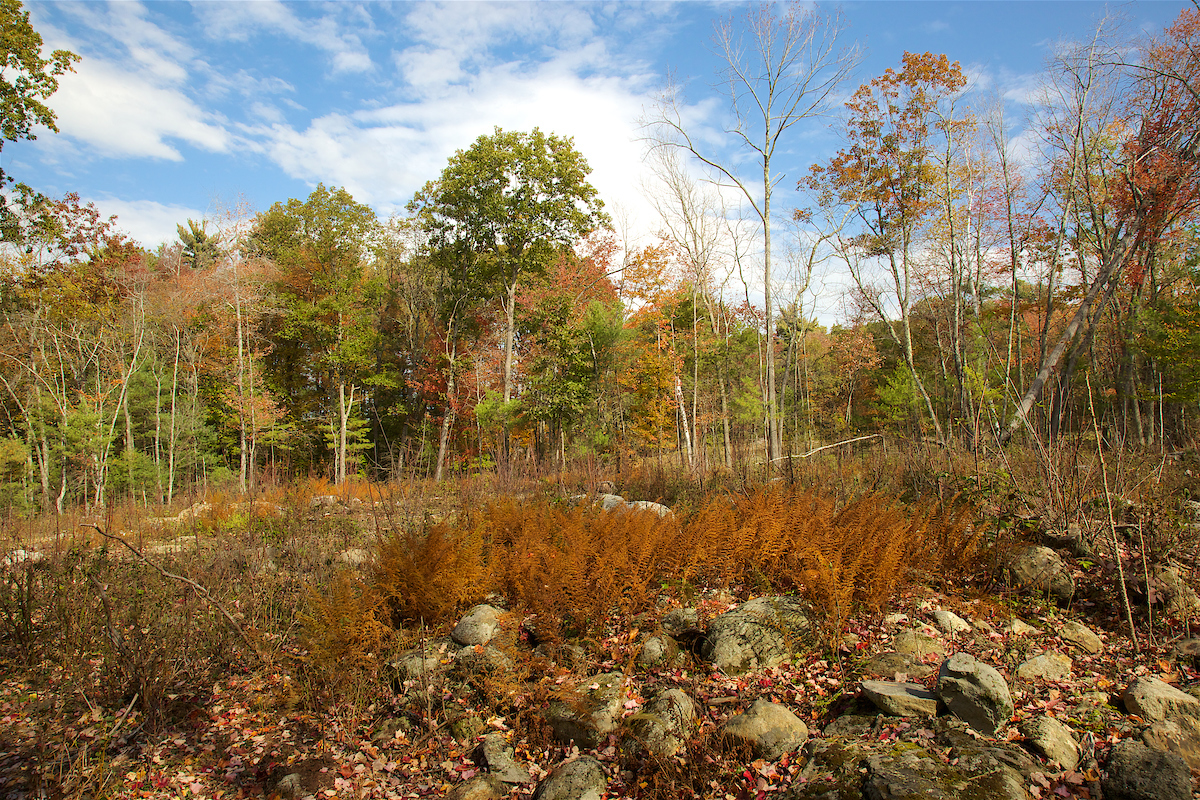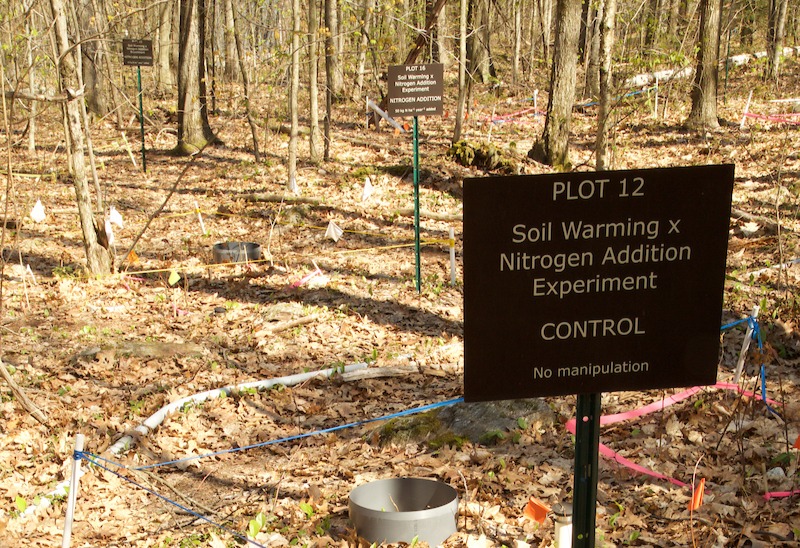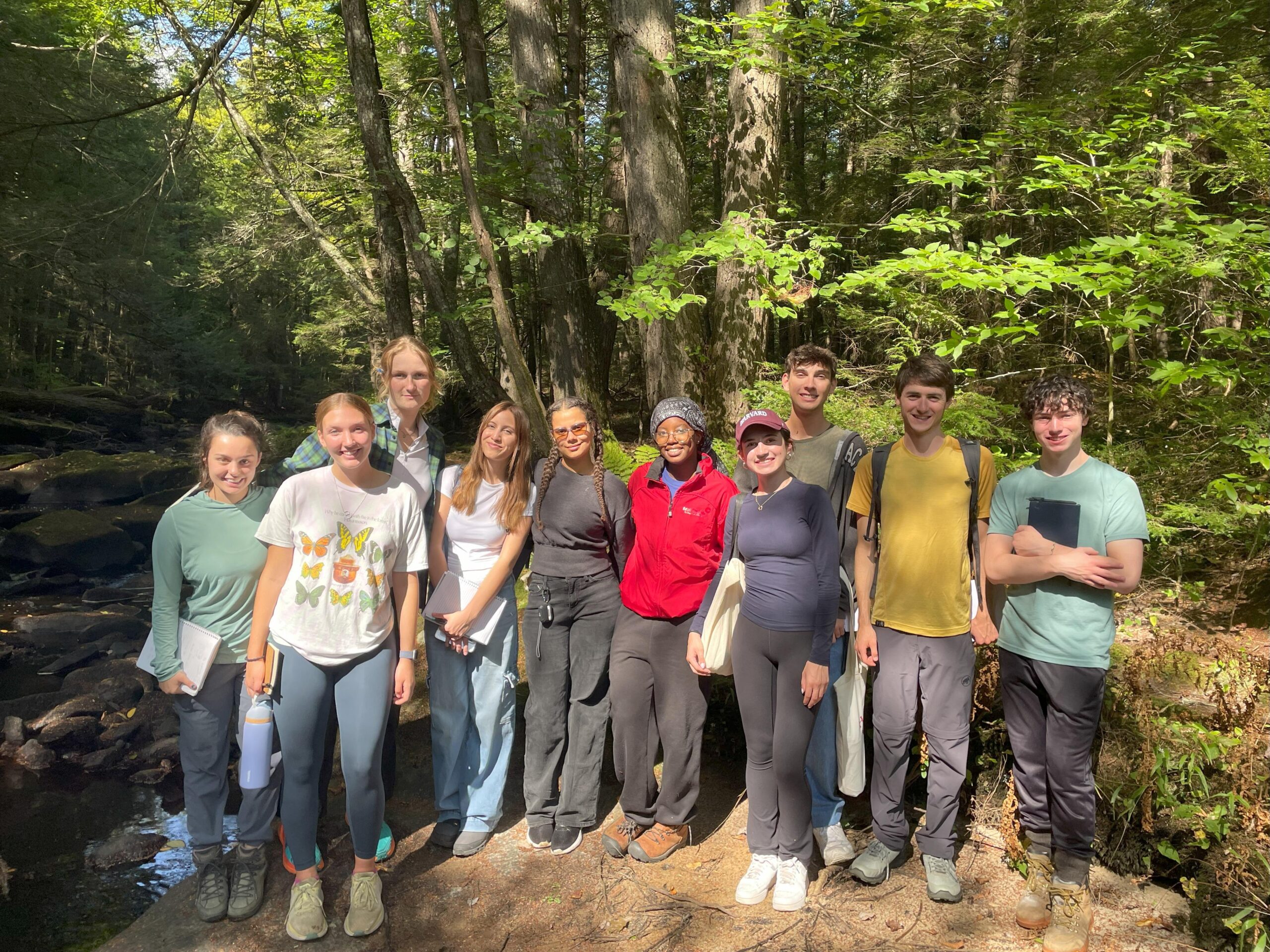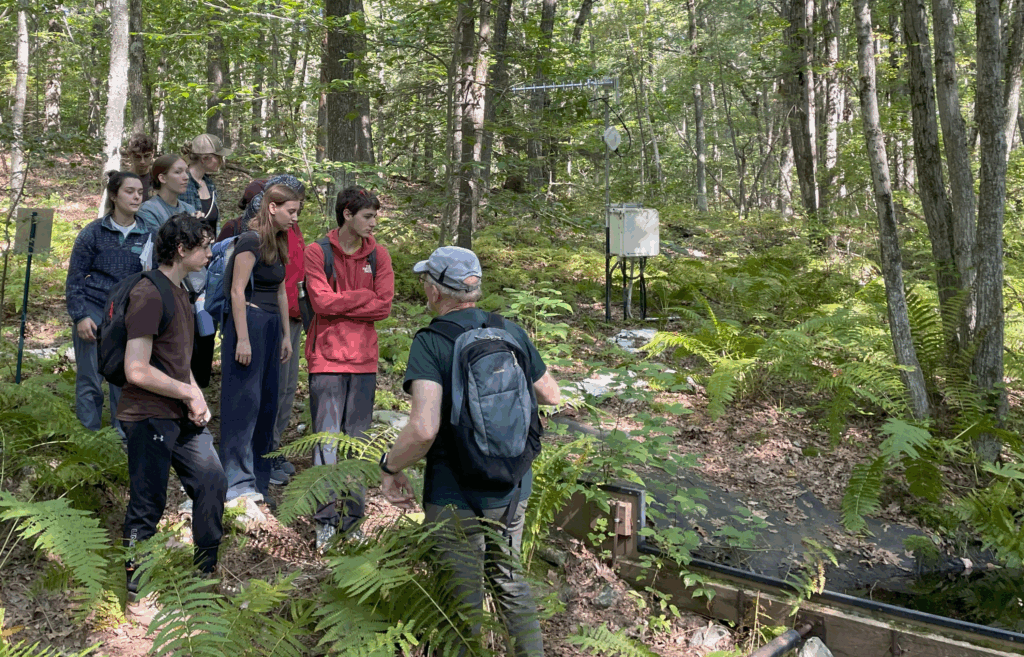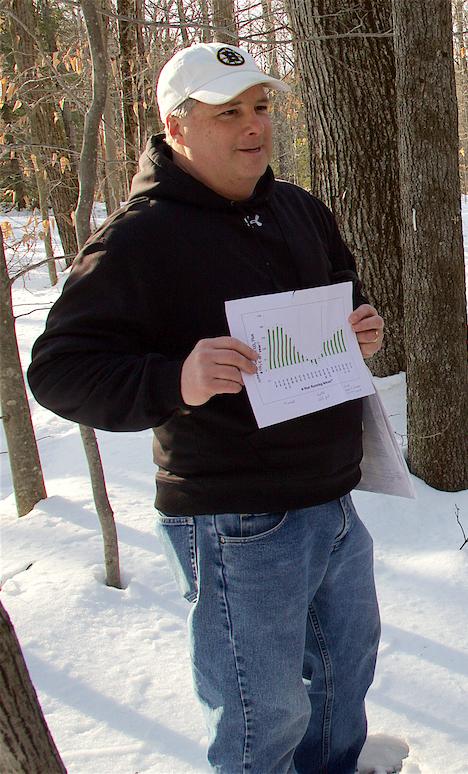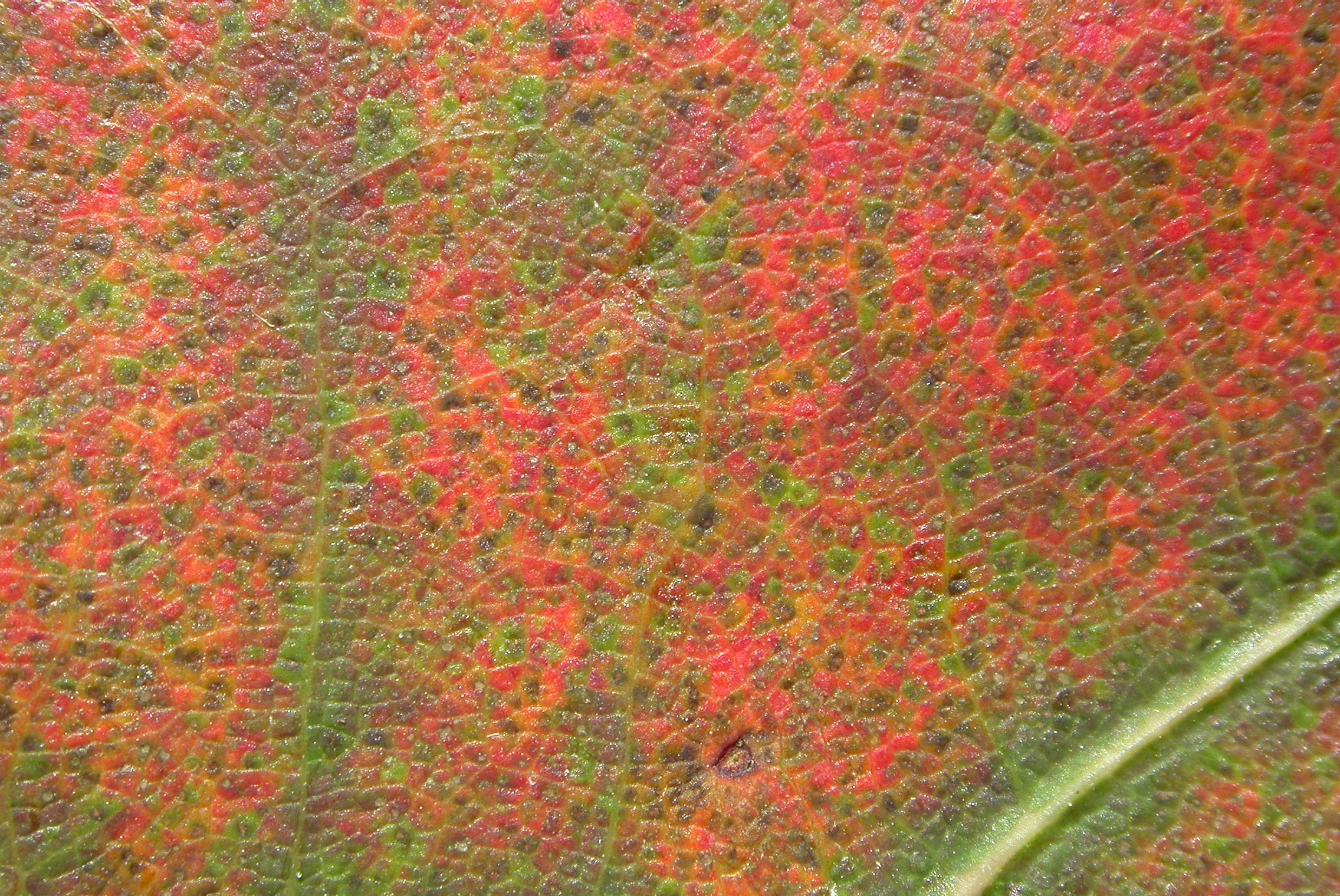Each year, Harvard Forest’s Schoolyard Ecology Program hosts a Winter Data Workshop to provide support to instructors participating in the program. This year, two workshop options will be offered! Because of winter weather and the large number of Eastern Massachusetts teachers, a second data workshop will be held in Cambridge at Harvard’s Natural History Museum.
Option 1: Full Data Workshop in Petersham
Tuesday, January 28th, 2025-9 am – 3:30 pm
This is the Traditional Data Workshop at the Harvard Forest, Petersham, MA with Harvard Forest’s wonderful Ecologists. This is open to all Schoolyard Ecology teachers regardless of the project or how many years teachers have been collecting data. The program offers three levels for participants to choose from. Whether it’s getting support entering your data, designing a lesson plan from the database, or getting specific feedback from project scientists on what your data may mean, we’ve got something for everyone!
The workshop will be at the Fisher Museum, Harvard Forest, 324 N. Main Street, Petersham, MA.
Coffee/Tea and light snacks provided.Bring a bagged lunch, laptop, and data.
Option 2: Level 1 only workshop in Cambridge
Wednesday, February 5th, 2025: 9:30 am -3:00 pm
The Schoolyard Ecology team is taking the show on the road! A small number of Harvard Forest staff will come to the Harvard Natural History Museum for a Level 1 only workshop. While open to any schoolyard educator who would like to come, this workshop will focus on data entry support and an introduction to using the Schoolyard Data base with students.
The workshop will be at Harvard University’s Natural History Museum. Parking instructions will be distributed post-registration.
Bring a bagged lunch, snacks, laptop, and data.
Workshops are free and open to any Schoolyard Ecology educator.
PDP’s are awarded to all participants upon request.
Register for both data workshops here


